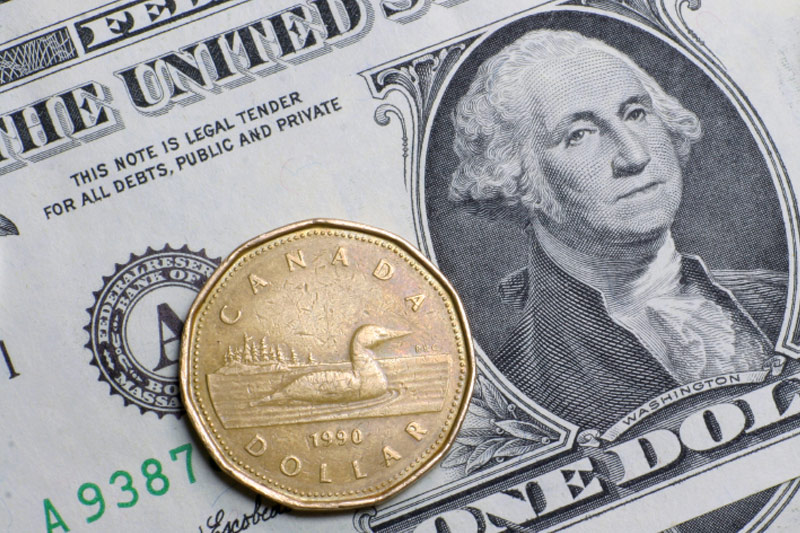Investing.com - The U.S. dollar trimmed losses against its Canadian counterpart on Thursday, as the release of U.S. economic reports strengthened demand for the greenback, although positive Canadian manufacturing sales data still lent some support to the loonie.
USD/CAD pulled away from 1.0852, the pair's lowest since May 9, to hit 1.0871 during European afternoon trade, still down 0.15%.
The pair was likely to find support at 1.0816, the low of May 9 and resistance at 1.0960, the high pf May 6.
The U.S. Department of Labor said the number of individuals filing for initial jobless benefits in the week ending May 10 fell by 24,000 to 297,000 from the previous week’s revised total of 321,000. Analysts had expected jobless claims to fall by 1,000 to 320,000 last week.
A separate report showed that U.S. core consumer price inflation, which excludes food and energy, rose by 0.2% last month, more than the expected 0.1% uptick, after a 0.2% gain in March.
Consumer price inflation rose 0.3% in April, in line with expectations, after a 0.2% increase the previous month.
In addition, the Federal Reserve of New York said its manufacturing index climbed to a more than two-year high of 19.01 in May, from a reading of 1.29 in April. Analysts had expected the index to rise to 5.00 this month.
In Canada, official data showed that manufacturing sales rose 0.4% in March, exceeding expectations for a 0.2% gain. Manufacturing sales in February were revised up to a 1.5% increase from a previously estimated 1.4% rise.
The loonie was higher against the euro, with EUR/CAD dropping 0.51% to 1.4858.
The single currency came under pressure after Eurostat said the euro zone’s gross domestic product grew just 0.2% in the first quarter, compared to expectations for growth of 0.4%. On a year-over-year basis the bloc’s economy expanded 0.9%, falling short of expectations for growth of 1.1%.
Separately, Eurostat reported that the annual rate of inflation in the euro zone was unchanged at 0.7% in April, in line with forecasts. The inflation rate is still well below the ECB's target of close to but just under 2%.
Meanwhile, in an interview with The Wall Street Journal on Thursday, European Central Bank Vice President Vitor Constancio said the central bank was open to more monetary easing and was determined to act swiftly if required.
